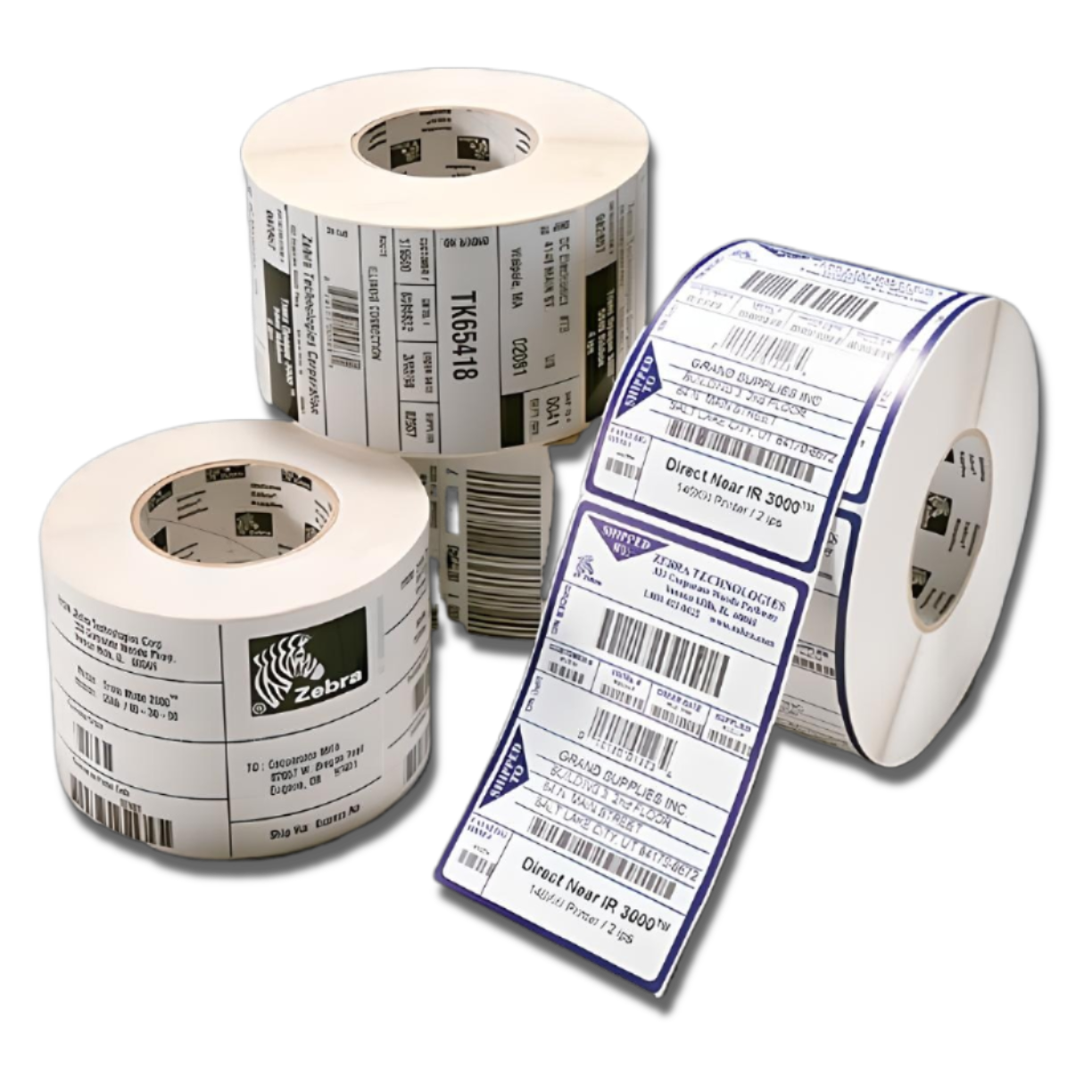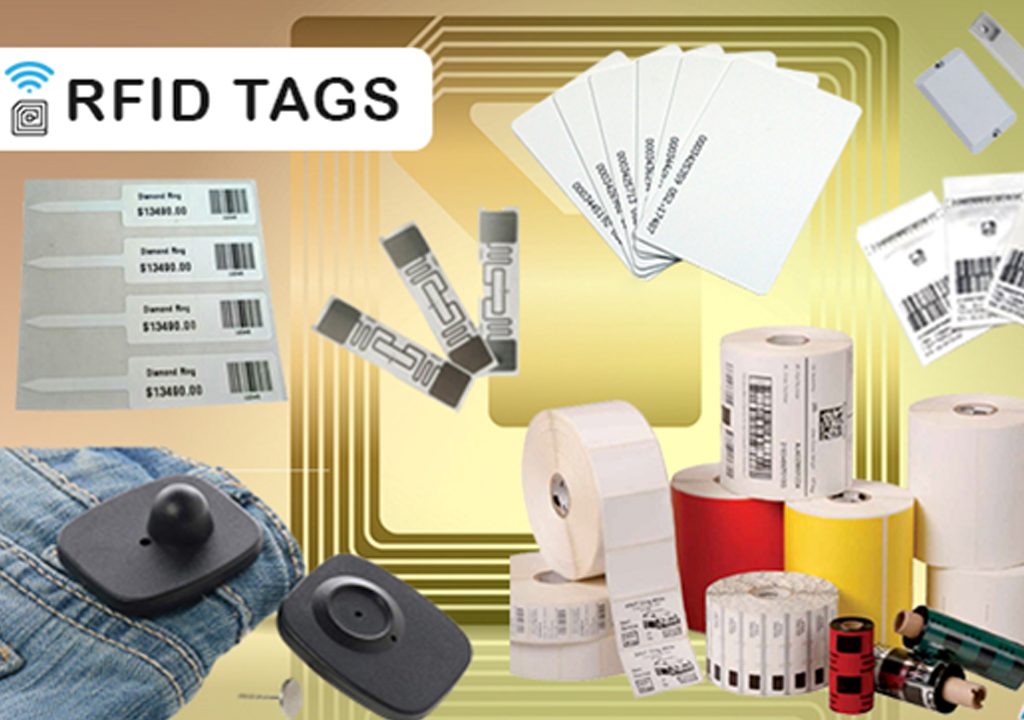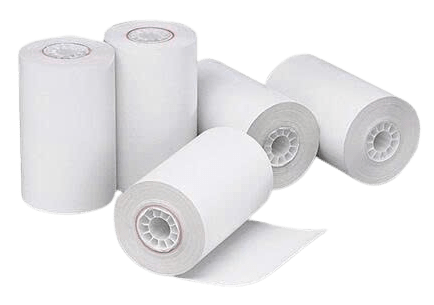
The manufacturing process of RFID (Radio Frequency Identification) tags involves a series of meticulous steps—from initial design and chip encoding to final quality control. Below is an overview of the standard process involved in producing RFID tags:

1. RFID Tag Design and Programming
The process begins with designing the RFID tag, which includes determining the dimensions, shape, and other technical specifications. Once the physical design is finalized, the chip is programmed with essential data such as product codes, batch numbers, origin information, and other relevant metadata.
2. Material and Technology Selection
Next, appropriate materials and RFID technologies are selected based on the application. Common materials include paper, plastic, fabric, or composite layers. Depending on usage, the tags can be either passive RFID (no internal power source) or active RFID (with a built-in battery).
3. Printing and Encoding
Using specialized RFID printers, both visual and digital elements are applied to the tag. This includes printing text, images, barcodes, or QR codes onto the label surface, while simultaneously encoding data into the embedded RFID chip.
4. RFID Chip Attachment
After printing and encoding, the RFID chip is embedded into the tag. This step may involve encapsulating the chip within a protective plastic layer or affixing it directly onto the label substrate.
5. Cutting and Packaging
The finished tags are cut into specific shapes and sizes based on client requirements. Once shaped, the tags are carefully packaged to ensure protection during storage and transport.
6. Quality Control
Prior to distribution, every RFID tag undergoes a thorough quality control process. This ensures the chip functions correctly, and all encoded data is accurate and securely stored.
7. Shipping and Distribution
Once all production and quality checks are complete, the RFID tags are shipped and delivered to partners and clients for integration into their inventory or supply chain systems.
The RFID tag production process may vary depending on the type of label, RFID technology, and individual client requirements. However, precision and quality assurance are always critical to ensuring optimal performance and reliability in real-world applications such as inventory management and supply chain tracking.









